MindManager has charts, maps, and board templates to help you organize, plan, process, problem solve, and brainstorm your projects. Try it free today!

A Gantt chart is a project management tool that shows tasks, activities, or events across a specific timeframe.
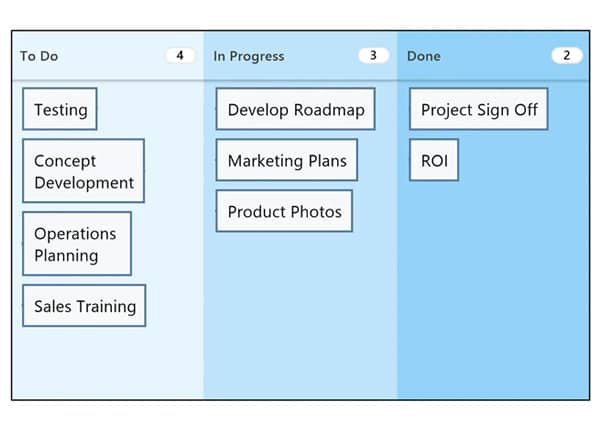
A Kanban board is a project management tool used for workflow visualization.
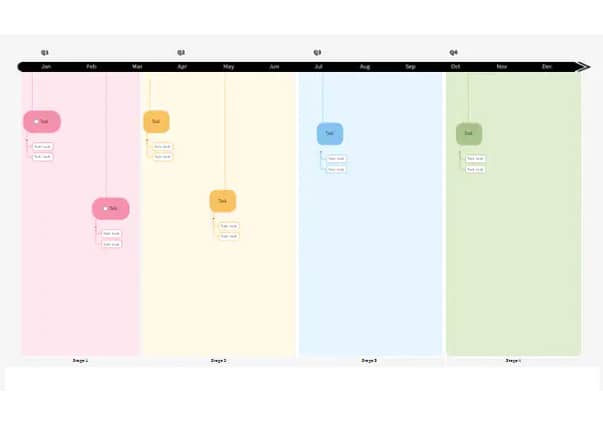
Timeline charts are highly versatile visual charts that are used to illustrate a set of events chronologically.
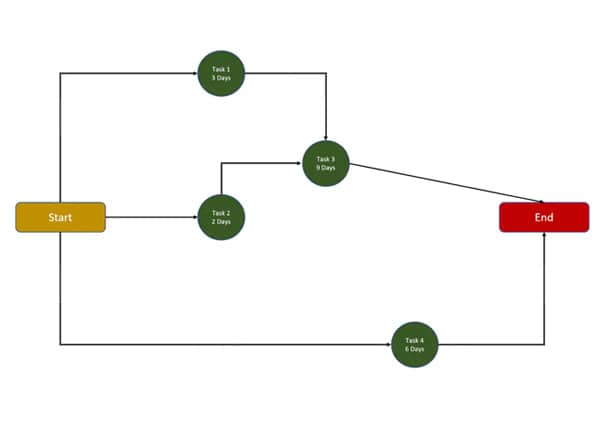
A Program Evaluation and Review Technique (PERT) chart is a project management tool used to organize and schedule out tasks.
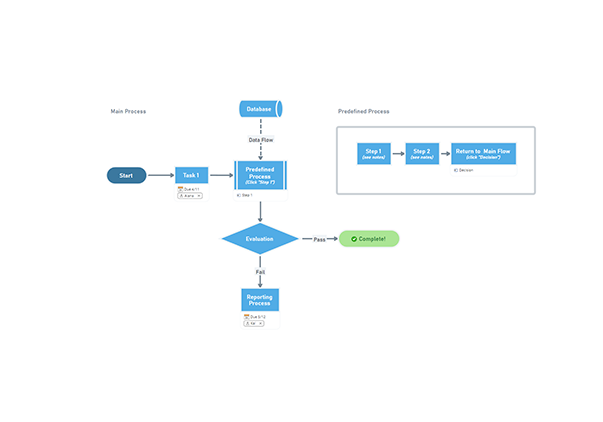
CPM, which stands for Critical Path Method, is an algorithm of resource utilization that schedules project activities.
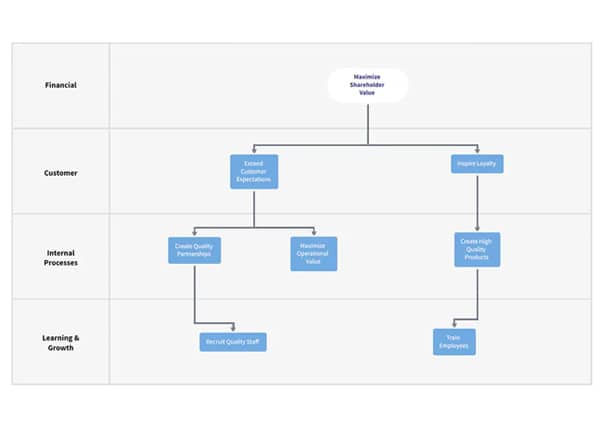
A strategy map is a visualization tool that helps organizations see their main goals and how they connect and relate to each other.
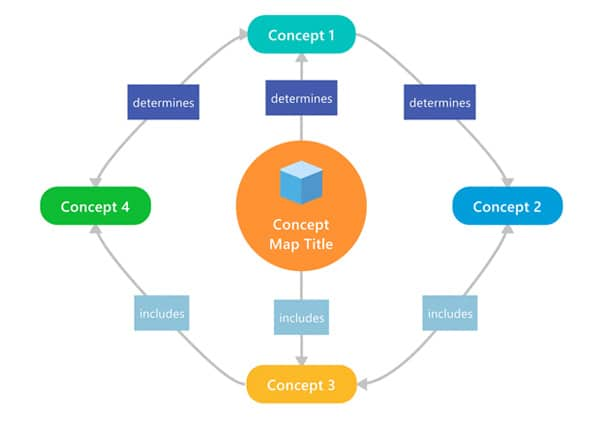
A concept map is a way to visually display the relationships between different concepts, ideas, and pieces of information.
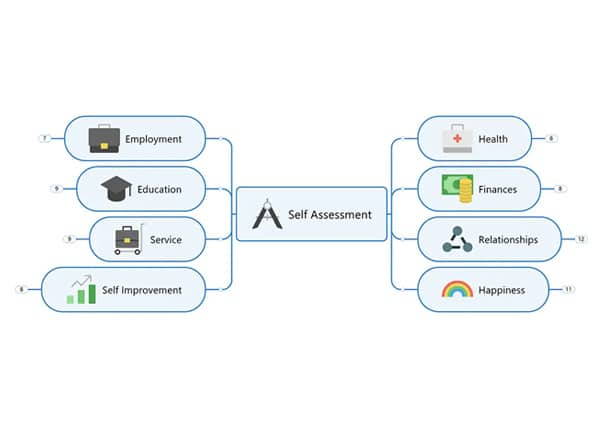
A thought map is a visual way to document existing knowledge about a particular subject or topic.
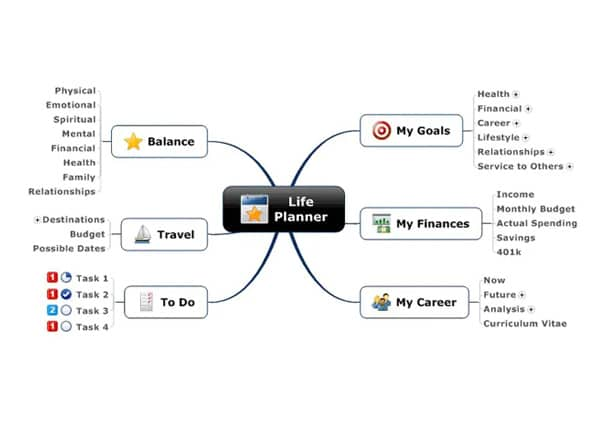
A life map is a timeline that includes key moments from the past, helping you gain a broader perspective of the goals you're trying to achieve.

Visual mapping is an image of an idea — a network of suggestions and options that spreads out from an original word or phrase.
Whether you need inspiration or organization at work, in your personal life, or for a particular project, digital vision boards, creating a digital vision board in MindManager can help make it happen.
Stakeholder mapping is the process of identifying, analyzing, and evaluating the needs of stakeholders interested in or impacting a project.

A Venn diagram illustrates the relationships between two or more data sets.
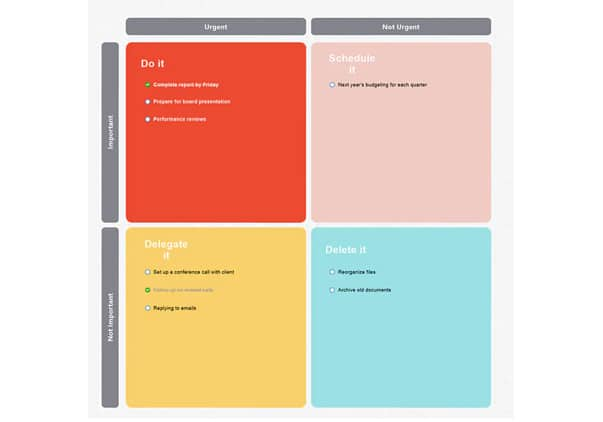
A matrix diagram is a project management and planning tool for displaying and analyzing the relationships between two or more data sets.
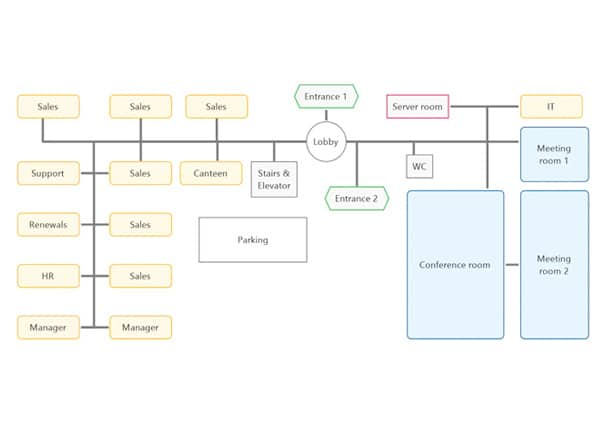
A mental map represents a person's perception of their surroundings.

An Ishikawa diagram is designed to show the potential causes of a specific event or process.

A fishbone diagram is a visualization tool used in business to identify and investigate the many possible causes of a particular event.
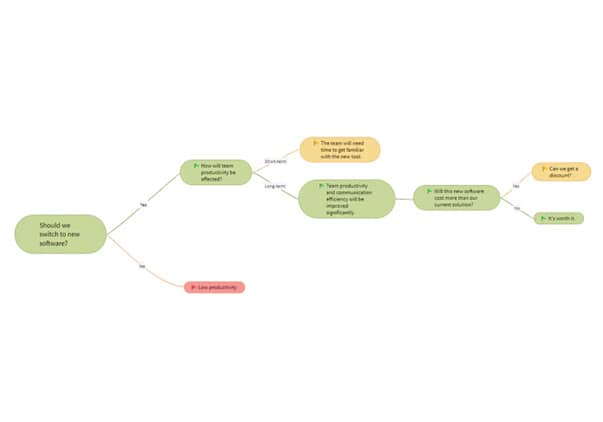
A decision tree is a type of flowchart you can use to visualize a decision-making process.
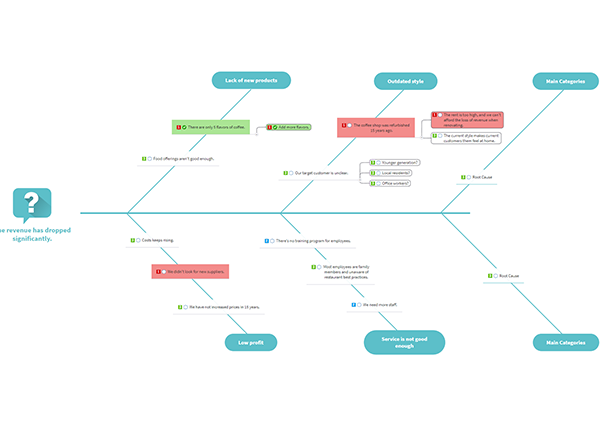
A cause and effect diagram (also known as Ishikawa, fishbone, or tree diagram) presents the causes of the root problem.

A SIPOC diagram is used in business to provide a high-level representation of a process to show how you can improve it.
Brainstorming and collaboration made simple with whiteboard templates
A mind map is a non-linear visual diagram that organizes and links the concepts related to a particular topic.
A bubble map is a visual representation of a noun surrounded by adjectives that can be used to describe it.
A spider diagram organizes and displays data in a logical, visual way.
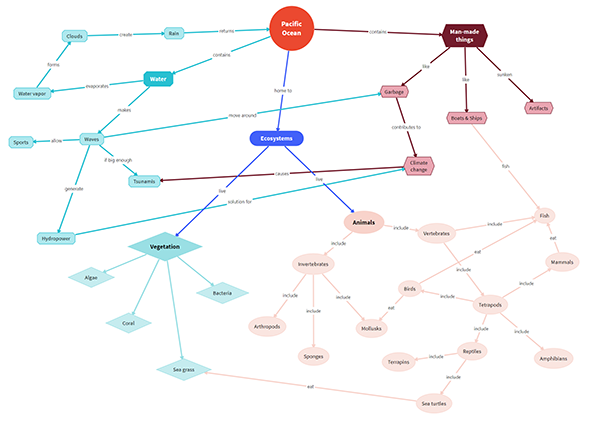
An idea map is a visual representation of your thinking process.
An onion diagram is a chart that shows the dependencies and relationships between the different parts of a process or organization.
A tree diagram allows users to visualize possible outcomes and probabilities for a given situation.
A knowledge map is a visual aid that shows where knowledge can be found within a group.
An organizational chart is a visual diagram that shows how work flows through an organization.
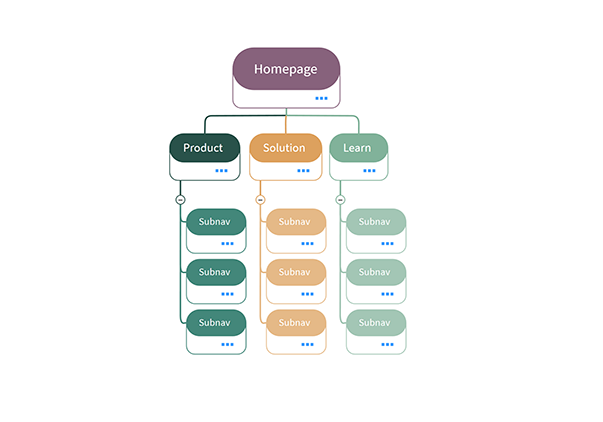
A web diagram is a visualization of how things are connected.
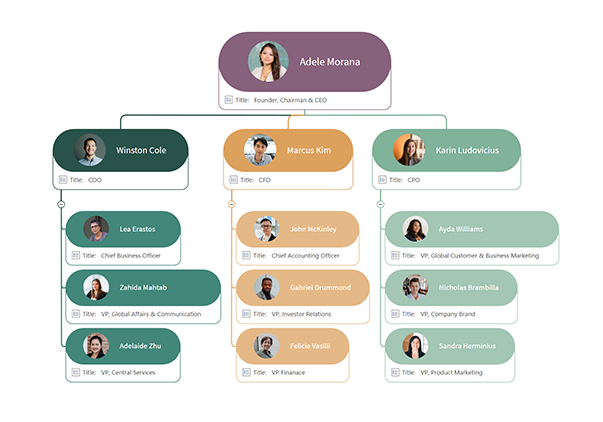
A functional chart (or org chart) organizes workers in a business based on skills, expertise, and specialty.
A family tree diagram is a visual representation that shows the relationship between family members, including stepparents, grandparents, siblings, and other relatives.
Flowcharts are a visual representation of processes or workflows.
Workflow diagrams visually represent a business process, project, or job.
Swim lane diagrams are flowcharts that show a process from start to finish.
A process map is a visual representation of a task, process, or workflow.
An activity diagram is a type of UML flowchart that shows the flow from one activity to another in a system or process.
A funnel chart demonstrates data flow through a linear, sequential process within a sales pipeline.
A customer journey map is a visual tool that illustrates a customer's experience with a business from the moment they start interacting with the brand to the end of their journey.
User flow diagrams are visual representations of the steps a user takes when interacting with a website or mobile application to complete a task.